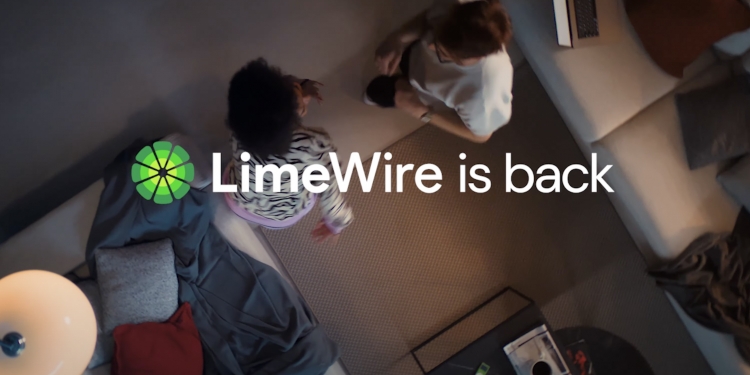Ah, Limewire. I totally didn’t ever use the file-sharing service platform to download any music illegally, back in the early 2000s. Some of you might remember it, too. I’m not judging. And it’s such a surprise to find out that the platform is back in 2022—as a marketplace for NFTs.
On 7 July, Limewire announced that they were back through an interesting ad campaign. The ad video it posted definitely banked on nostalgia—featuring a boy and girl excitedly rushing home from school to download the song “Crank That (Soulja Boy)” from Limewire. About 15 years later, the pair of friends have grown up but rediscovered Limewire as adults, now as an NFT marketplace. You can watch the video below.
“Our ad is both a love letter to the 2000s and a celebration of the new LimeWire… Just like the characters in the commercial, many of us were teenagers when Limewire first was around and are now grown-ups to see the relaunch of the brand,” said Limewire’s global creative director Florestan Rösemann,
If you’re not familiar with Limewire, it’s basically a peer-to-peer file-sharing service founded in 2000 that allowed users to download and upload songs, videos, and images—sometimes illegally. It was also used to illegally share files like video games and porn—along with hidden viruses that could have infested your family’s computer back in the way.
In 2010, Limewire faced a legal battle with the Record Industry Association of America over copyright infringement charges. As a result of the injunction, Limewire stopped distributing the Limewire software.
Today, it has now been rebranded as a “music-based NFT platform”. Its aim is also to “make NFTs more accessible and mainstream” by allowing users to buy NFTs with credit cards rather than the usual method of cryptocurrency.
“We want to bring the NFT world to the mainstream and to people who aren’t into that right now. NFTs aren’t just another buzzword—they can bring benefit to people’s lives,” said Ivis Buric, chief communications officer at Limewire.
NFTs are usually only able to be purchased with Ethereum and other cryptocurrencies—putting a dent in the environment even further. By introducing a way to purchase NFTs with credit cards instead, it could possibly be a better alternative for artists and creators who weren’t too keen on using crypto to sell their art online. But what do you think? Will Limewire’s new rebrand work, especially by introducing new methods to purchase NFTs?
[ SOURCE, IMAGE SOURCE ]








